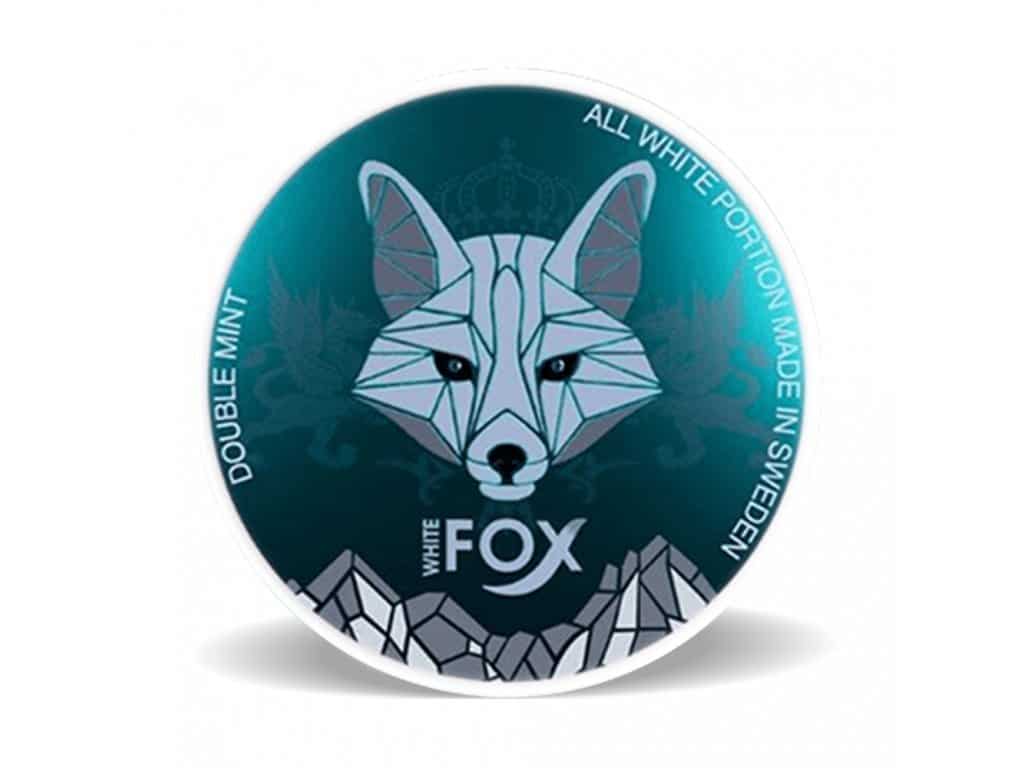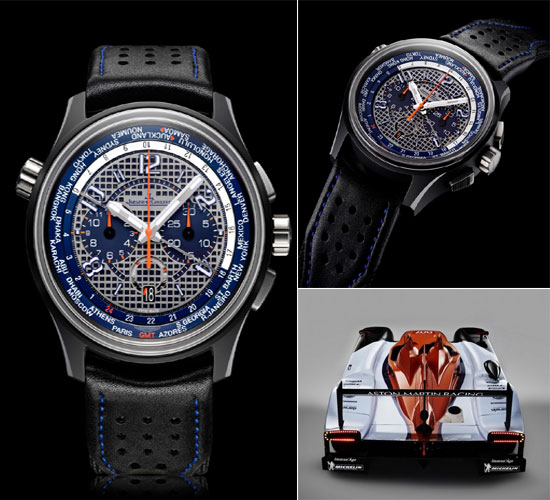DTG Printing: Revolutionizing Custom Apparel Printing
Introduction to DTG Printing
Direct-to-Garment (DTG) printing has emerged as a cutting-edge technology in the realm of custom apparel printing. Unlike traditional methods such as screen printing, DTG printing allows for intricate designs and vibrant colors to be directly printed onto garments. This technology has revolutionized how custom apparel is produced, offering greater flexibility and quality to both designers and consumers alike.
How DTG Printing Works
DTG printing operates similarly to a traditional inkjet printer but is tailored for fabric printing. The process involves digitally printing ink directly onto the surface of the garment using specialized DTG printers. These printers are equipped with advanced printheads that can precisely apply water-based inks onto various types of fabrics, ensuring clarity and detail in the printed design.
Benefits of DTG Printing
- High-Quality Output: DTG printing excels in reproducing intricate details and vibrant colors, making it ideal for complex designs and photographic prints.
- Versatility: Unlike screen printing, which requires separate screens for each color, DTG printers can print full-color designs in a single pass, offering unmatched flexibility.
- Customization: DTG printing enables on-demand printing of custom designs, allowing for personalization and small batch productions without additional setup costs.
Applications of DTG Printing
DTG printing finds extensive use across various industries and applications:
- Fashion Industry: Designers leverage DTG Printing to create limited edition collections and customized apparel that cater to niche markets.
- Promotional Products: Companies utilize DTG printing to produce branded merchandise and promotional items with high-quality logos and designs.
- Personalized Gifts: Individuals can create unique gifts such as personalized t-shirts, hoodies, and accessories for special occasions.
Environmental Considerations
Compared to traditional printing methods, DTG printing is more environmentally friendly. It uses water-based inks that are non-toxic and produce minimal waste, reducing the ecological footprint associated with apparel manufacturing.
Challenges and Considerations
While DTG printing offers numerous advantages, it is important to consider factors such as:
- Fabric Compatibility: Not all fabrics are suitable for DTG printing, and certain materials may require pretreatment to achieve optimal print results.
- Cost Considerations: Initial setup costs for DTG equipment can be higher compared to traditional methods, although this is offset by lower setup costs for small print runs.
Future Trends
As technology continues to advance, DTG printing is expected to become more accessible and efficient. Innovations in ink formulations and printer technology will further enhance print quality and expand the range of printable materials.
Conclusion
In conclusion, DTG printing represents a significant advancement in the field of custom apparel printing, offering unparalleled design flexibility, high-quality output, and eco-friendly benefits. Whether for fashion, promotional products, or personalized gifts, DTG printing continues to empower designers and consumers with limitless creative possibilities in Custom Printing.


